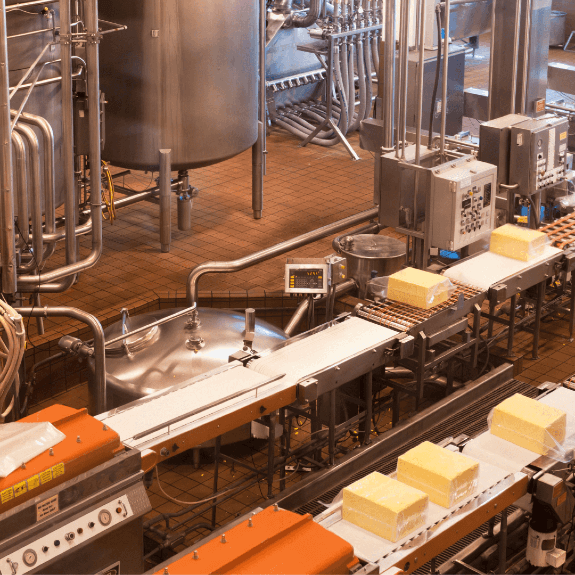
If you are a professional in the manufacturing industry, you may have come across a term called ‘inline checkweigher’. However, not everyone knows exactly what it refers to and how it works. This piece will be focusing on inline checkweighers, their functions and their principles of operation. Inline checkweighers are crucial in numerous industries including food processing, pharmaceuticals and logistics due to their accuracy and efficiency.
An inline checkweigher is a type of scale that checks the weight of products as they pass through a production line. This system is essential for quality control within many industrial settings. It ensures that all products meet the specified weight requirements so that businesses can deliver consistent quality to their customers.
The Basics of Inline Checkweighers
The primary function of an inline checkweigher is to ensure consistency in product weights. In many industries, regulations require businesses to deliver products with exact weights as indicated on labels or packaging. An inline checkweigher does this by weighting each product individually as it passes through the production line.
For example, in the food industry, an inline checkweigher might be used during bottling or packaging processes to make sure that each package contains exactly the right amount of product. If a package is too light or too heavy, the system will automatically reject it from the line for manual inspection.
This system also helps companies reduce waste by identifying under-filled packages before they reach consumers. Under-filled packages can lead to customer dissatisfaction and potential loss of business while overfilled packages result in unnecessary waste and additional cost for businesses.
How Inline Checkweighers Work
Inline checkweighers operate based on the principle of dynamic weighing. As products move along conveyor belts at high speeds, they pass over a weighing platform which takes multiple weight readings per second.
A key component of an inline checkweigher is its load cell, which is a type of transducer that converts force into an electrical signal. When a product passes over the weighing platform, the load cell measures the force exerted by the product’s weight and converts it into an electrical signal. This signal is then processed by a computer to determine the product’s weight.
If a product falls within the acceptable weight range, it continues down the line. If not, it is automatically diverted for rework or disposal. The entire process happens very quickly – often in less than one second – allowing businesses to maintain high production speeds without sacrificing quality control.
The Role of Inline Checkweighers in Quality Control
With regards to quality control, inline checkweighers play a crucial role. They help businesses ensure that their products meet regulatory standards and customer expectations for consistent weights. This can significantly reduce waste and save money in terms of raw materials and man-hours spent on manual checks.
Aside from ensuring accurate weights, inline checkweighers also aid in collecting data about production processes. The data generated by these systems can be used to identify trends or issues that may be causing variations in product weight. By addressing these issues proactively, companies can improve their processes and increase overall efficiency.
In conclusion, inline checkweighers are essential tools for businesses that want to deliver consistently high-quality products while maintaining efficient production processes.
Conclusion
Understanding how inline checkweighers work allows manufacturers to optimize their operations for efficiency and accuracy — two elements crucial to maintaining competitiveness in today’s marketplaces.
At Sasco Africa, we invite you to browse our wide range of weighing systems solutions including various types of scales and supporting equipment such as inline checkweighers. Our team is always ready to assist you with any queries or concerns you might have about finding the right weighing solution for your business needs.


